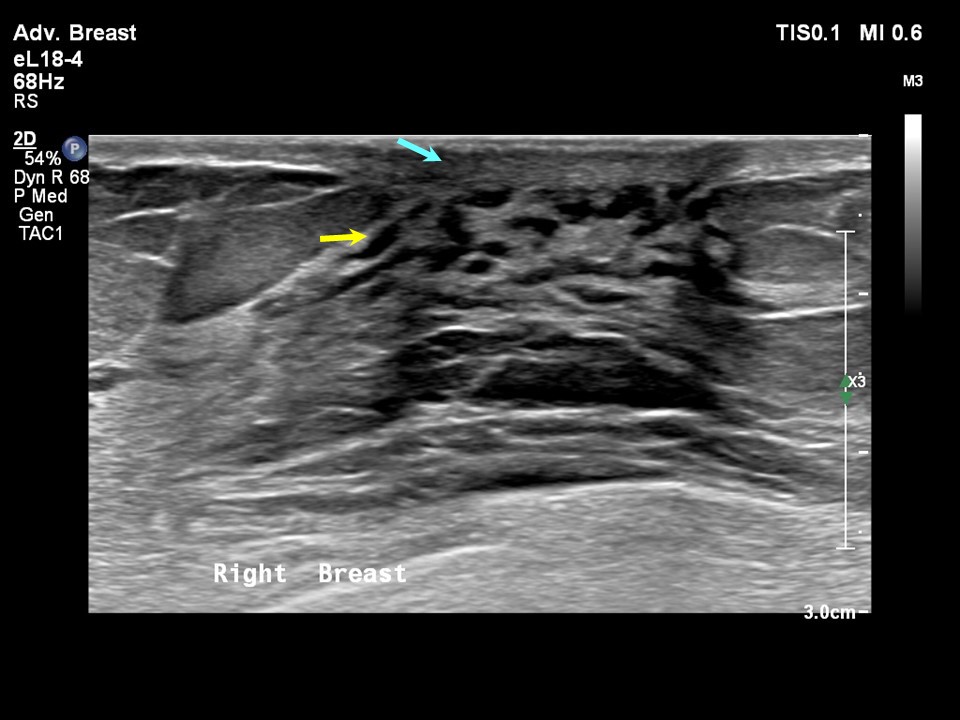
How Molecular Iodine Reduces Symptoms of FBC
#Fibrocystic breast changes and brest cancer series#
2 Additionally, in a 145-patient crossover series leading up to the 1365-patient trial, 75% of women experienced an improvement in symptoms and reported having pain-free breasts. Over the course of the study, reductions in both objective and subjective pain scores were measured (Figure 1). Approximately two-thirds (63.8%) of patients enrolled in the study were premenopausal the remaining 36.2% of patients were postmenopausal. Ghent and colleagues studied molecular iodine in 1365 women with FBC over 4813 woman-years of treatment (a mean of 191 days of follow-up). Unlike iodide, molecular iodine is a molecule, not a salt as a result, it acts differently from iodide in the body and exerts different effects. Molecular iodine, a new treatment option for FBC that may help fill the unmet needs of these patients, has demonstrated efficacy and safety in a form unique from iodide. 5 The lack of guidelines and the adverse effects of prescription medications lead many women to forgo treatment altogether. Management of FBC is currently nonstandardized, as there are no established US guidelines for treatment of symptoms of this condition. In one study, only 50% of patients who tried 1 or more nonprescription treatment options felt they were successful in reducing symptoms. Nonprescription pain management options include local application of heat, analgesics, diuretics, and reducing caffeine intake, 4,5 although these treatments typically do not provide sufficient relief. 4,6 Additionally, danazol may cause suppression of ovarian function, bromocriptine may reduce levels of the hormone prolactin, and the anti-estrogen tamoxifen is a category D pregnancy drug. 2 In general, these treatments are not well tolerated, and symptoms may return several months after discontinuation of treatment. Traditional management options for FBC may include prescription treatments such as danazol, tamoxifen, progesterone, and bromocriptine.

3,4 This cyclic breast pain may be moderate to severe in approximately one-third of patients with FBC and last for more than 1 week of each monthly cycle. 1-3 These changes may include appearance of benign lumps that can be felt in the breast tissue, as well as tenderness, aches, and swelling that occur with increased severity before the menstrual cycle and begin to subside during menstruation. Fibrocystic breast changes (FBC) occur in approximately 50% of women of childbearing age, and some studies indicate that the lifetime prevalence of FBC may be as high as 70% to 90%.


 0 kommentar(er)
0 kommentar(er)
